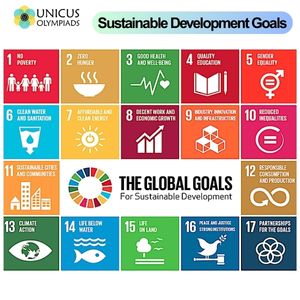

The Sustainable Development Goals (SDGs) are a set of 17 global objectives established by the United Nations in 2015 to address the world’s most pressing challenges. These goals aim to promote prosperity, protect the planet, and ensure that all people enjoy peace and prosperity by 2030. The SDGs are universally applicable and provide a shared framework for governments, businesses, civil society, and individuals to align their actions toward achieving a sustainable future.
The 17 Sustainable Development Goals are part of the 2030 Agenda for Sustainable Development, which was adopted by all 193 UN member states. These goals are interconnected and address a broad range of global issues, including poverty, inequality, climate change, environmental degradation, peace, and justice. The SDGs aim to create a world that is equitable, inclusive, and sustainable for future generations.

The SDGs serve as a universal framework for governments, businesses, and civil society to work towards sustainable development. They guide progress by providing clear targets and indicators to measure achievements, allowing stakeholders to align their policies, strategies, and actions with global sustainability objectives. Here’s how they guide progress:
The Sustainable Development Goals (SDGs) represent a shared global vision for a more just, equitable, and sustainable world. By setting clear targets and indicators, they provide a roadmap for governments, businesses, and civil society to work together to tackle the world's most pressing challenges. While challenges remain, the SDGs offer hope for a better future and guide global efforts to achieve lasting peace, economic prosperity, and environmental sustainability by 2030.